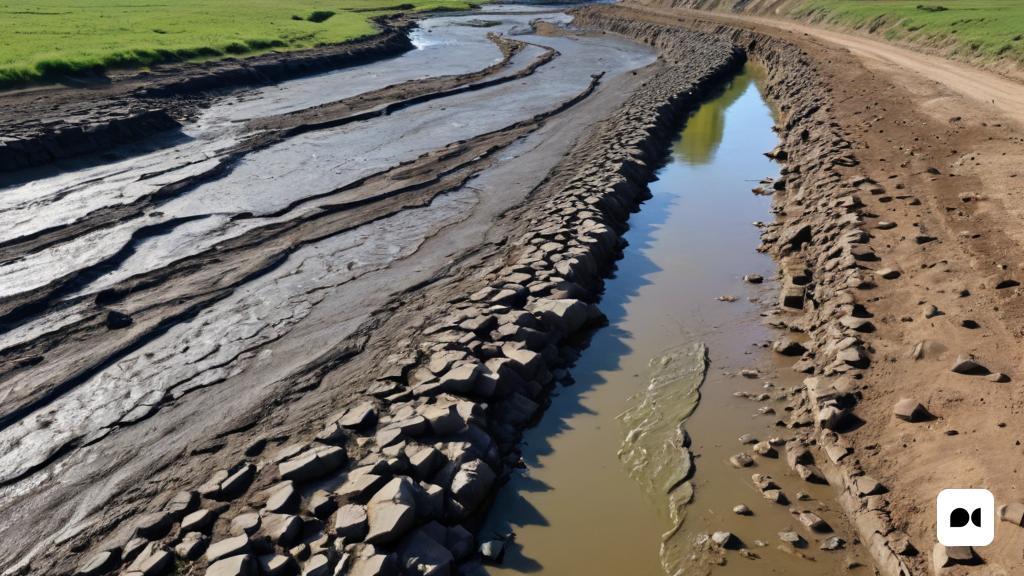Revelations from the Sediments
56 million years ago, the planet experienced a significant increase in soil erosion due to global warming, triggering heavy rainfall and flooding. This discovery, revealed by a study from the University of Geneva (UNIGE), offers valuable lessons on how past climate events can shed light on future changes in our climate.
A Glimpse of the Past
During the Paleocene-Eocene Thermal Maximum (PETM) 56 million years ago, the Earth experienced rapid warming, causing a rise in global temperatures and significant disturbances in fauna and flora. This period, which took place after the extinction of the dinosaurs, marked the emergence of the first social mammals, ancestors of the apes and, eventually, of humans.
Geological Comparisons
The warming during the PETM, caused by the accumulation of carbon dioxide and methane in the atmosphere, resembles current warming, although with differences in the duration and speed of the process. The study reveals that the PETM released a significant amount of carbon into the atmosphere over thousands of years, compared to current anthropogenic emission, which is faster and larger in scale.
Lessons from the Geological Past
Analysis of sediments from 56 million years ago provides crucial information on the impact of global warming on soil erosion. This discovery highlights the significant increase in erosion due to intense rainfall and flooding, offering valuable insights for understanding current climate change and anticipating the future.
Anticipating the Future
The results of this study not only enrich our predictions about the future climate, but also help assess the risks of flooding and land collapse in inhabited areas. Furthermore, they highlight the importance of considering the impact of human action, such as deforestation, on the intensification of phenomena such as erosion.
Additional Perspectives
Previous research, such as that carried out by the UPV/EHU, has reached similar conclusions, highlighting the similarity between past geological events and the current situation in certain regions. These findings, published in the journal Geology, offer a unique insight into the interconnection between the geological past and the climate future.

